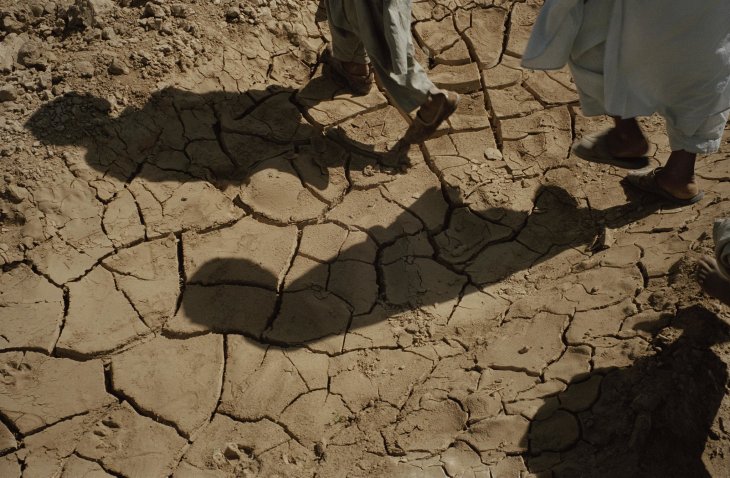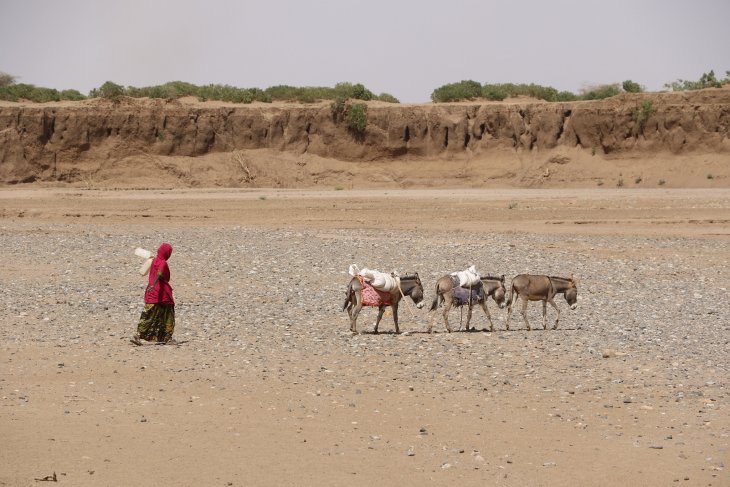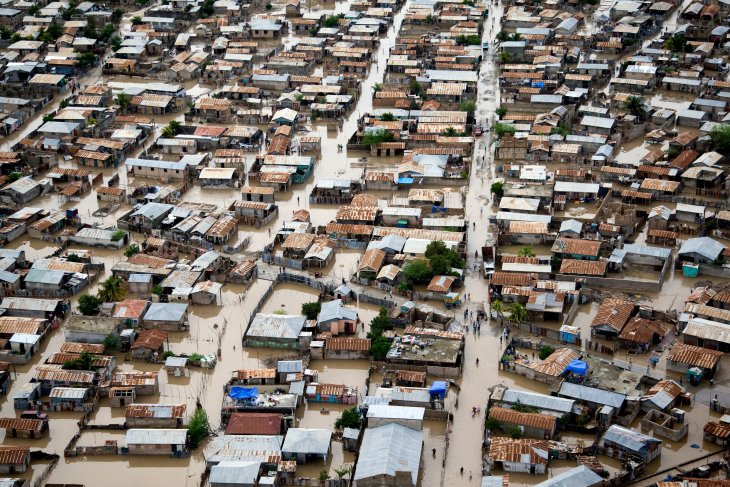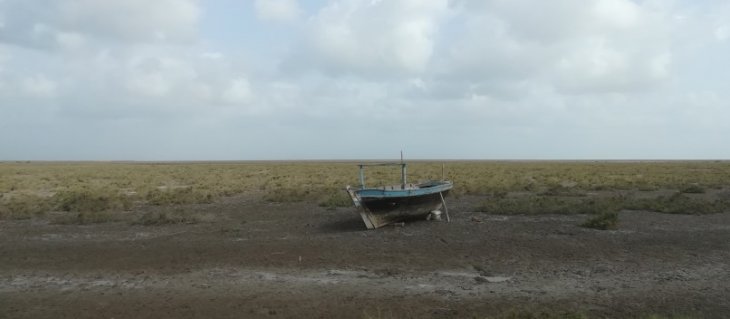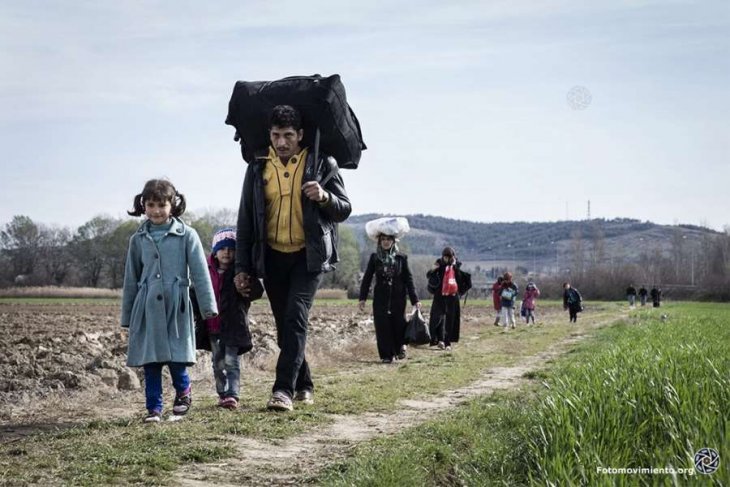The increase in global temperatures by over 1 degree Celsius since pre-industrial times is already having broad and significant impacts. An ongoing multi-year drought in Eastern Africa, for instance, has been attributed to global warming. Hunger crises, displacement, and exacerbated conflict between pastoralist groups are some of the reported dire consequences. This blog post reports on a recent study of the consequences of environmental hazards for attitudes toward violence in Uganda. The story was originally published by New Security Beat.
The past several years have led to greater recognition of climate-related threats. Most recently, Malta, Mozambique, Switzerland and the UAE made a public pledge to championing climate change within the United Nations Security Council. While a comprehensive resolution on climate change as a threat to peace and security has yet to be adopted, climate change impacts on instability have already been acknowledged in multiple UN Security Council resolutions on UN missions, including those addressing ongoing armed conflicts in DR Congo, Iraq, Somalia and South Sudan.
Indeed, existing research indicates that regions already affected by conflict are particularly vulnerable to seeing increased risks in various ways. This vulnerability is manifested not only in conflict-affected populations being more sensitive to droughts, storms, or floods, but also in the so-called conflict trap. This trap encompasses widespread poverty, erosion of trust, and the availability of weapons and armed actors due to ongoing conflict, causing violence to perpetuate itself. Climate-related hazards can further exacerbate the economic dimensions of this trap.
Understanding how and why these patterns come about is a gap in current knowledge, however. Can we go beyond these general observations of climate-related fragility, and understand the specific conditions under which individuals in such areas resort to arms? In-depth systematic studies are rare. Yet addressing this gap is important not only to provide critical evidence on pathways to conflict, but also for informing how to mitigate such risks.
Read More
